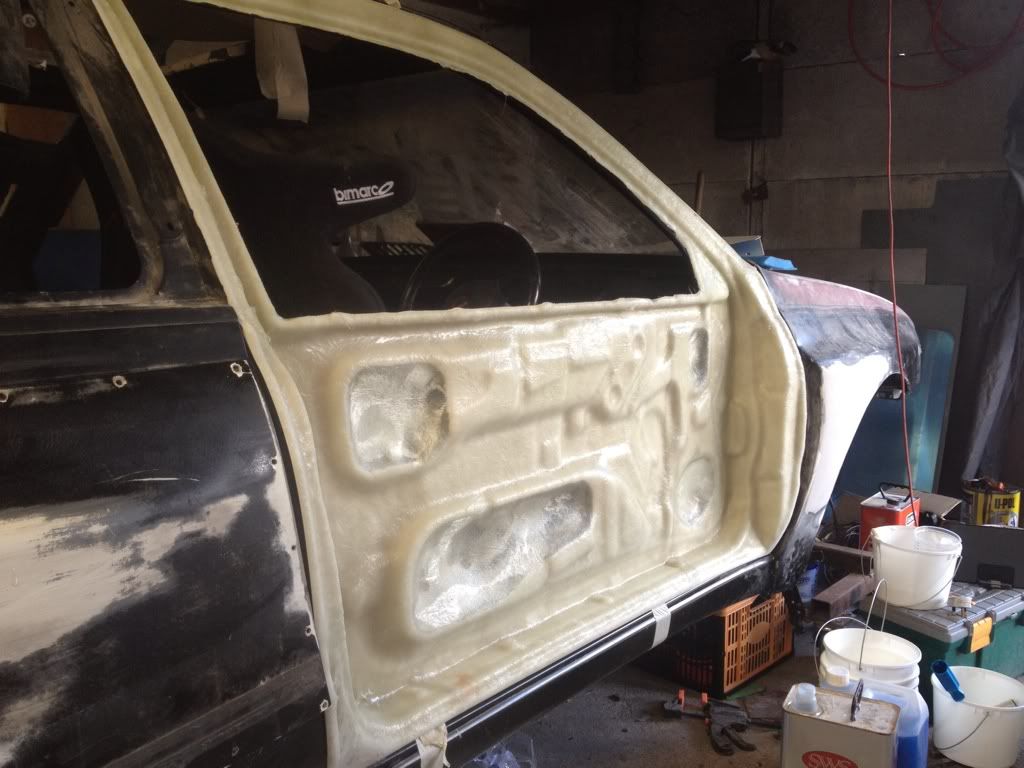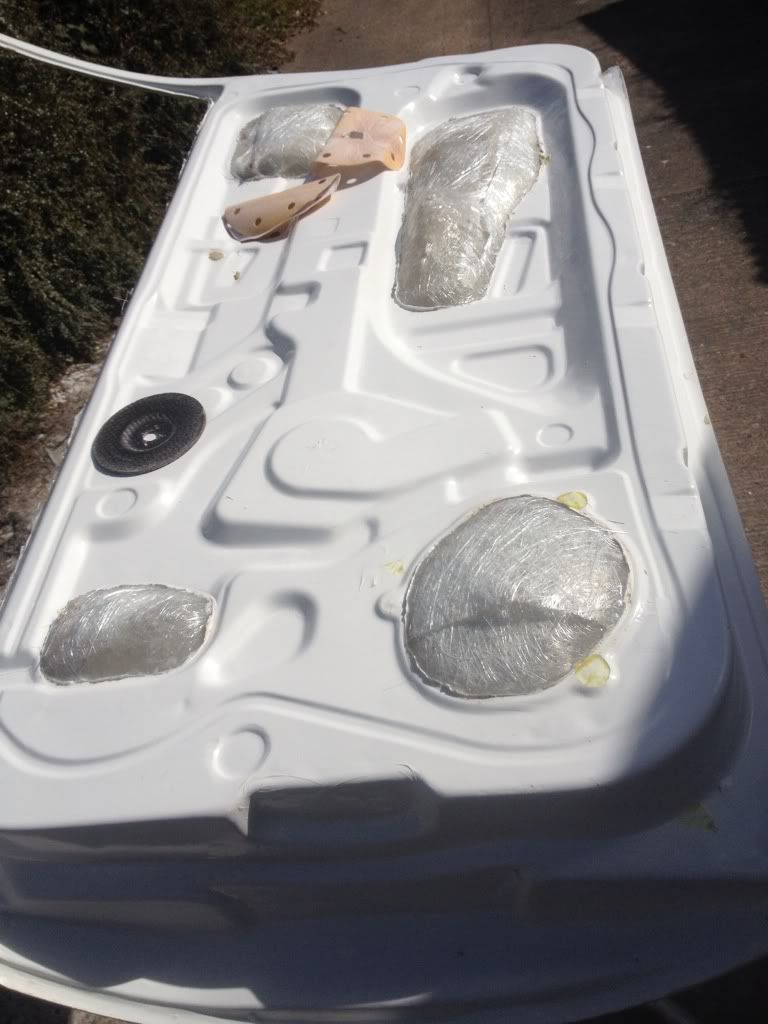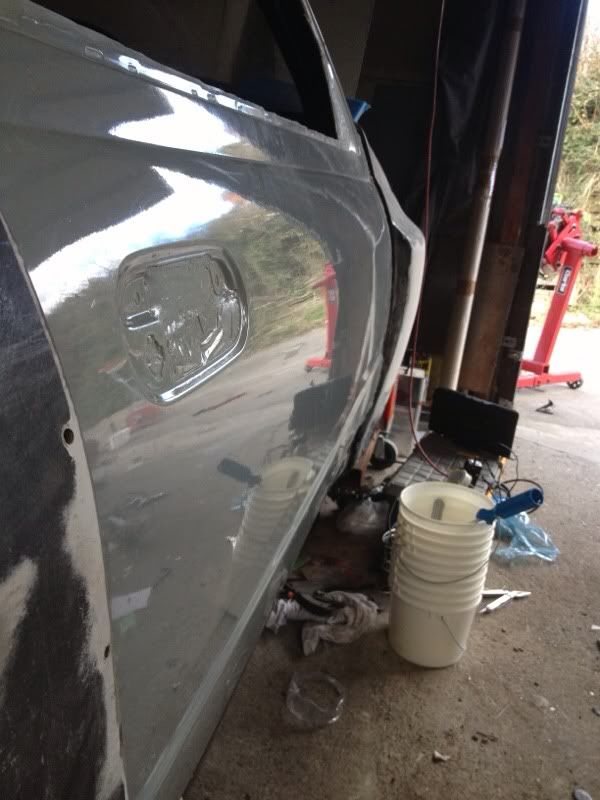If you want to cover a large area quickly - use a bigger brush! I prefer something like a varnish brush rather than a house painting brush as the varnish style brush has a much lower bristle density, meaning that you can load the brush with more gel coat (or resin as the case may be).
Edit >> If you use a varnish brush or any other type of cheap brush, be aware of the bristle lengths. You may need to trim the tip of the brush to get a more even length all over, otherwise if there’s a bunch of long bristles they will leave a kind of trench in your gel coat. Only found that out when I did a test part last week, didn’t seem to affect the final result though.
The brush will apply a coat thickness depending on the pressure you apply to the brush. Pushing into the surface more will give a thinner coat as the brush acts like a squeegee and pushes some gel coat in front of it. Less brush pressure and more frequently loading your brush will let you put down thick coats and work quicker.
It wouldn’t hurt to do a small test piece (just off a sheet or perspex/glass/etc.) before you next attempt on the doors, just so you can be sure that you have your brush application technique worked out.
Also I don’t think you mentioned, but are you using a brush gel coat or a spray one? They are usually made specifically for either brush or spray application. You can still brush a spray gel coat, but it will tend to go on thinner. No problem as long as you compensate for it - actually when I bought my last batch of gel coat the guy I was talking with said he uses brush gel coat for his parts (motorcycle/sidecar fairings etc.) because he doesn’t want the added weight of a brush gel coat that would go on thickly.
I would check your datasheet and do a separate test piece before proceeding with your doors. Test, test & test again… it’s the only way to be sure that your process will yield acceptable results.

 (2 coats indeed)
(2 coats indeed)


